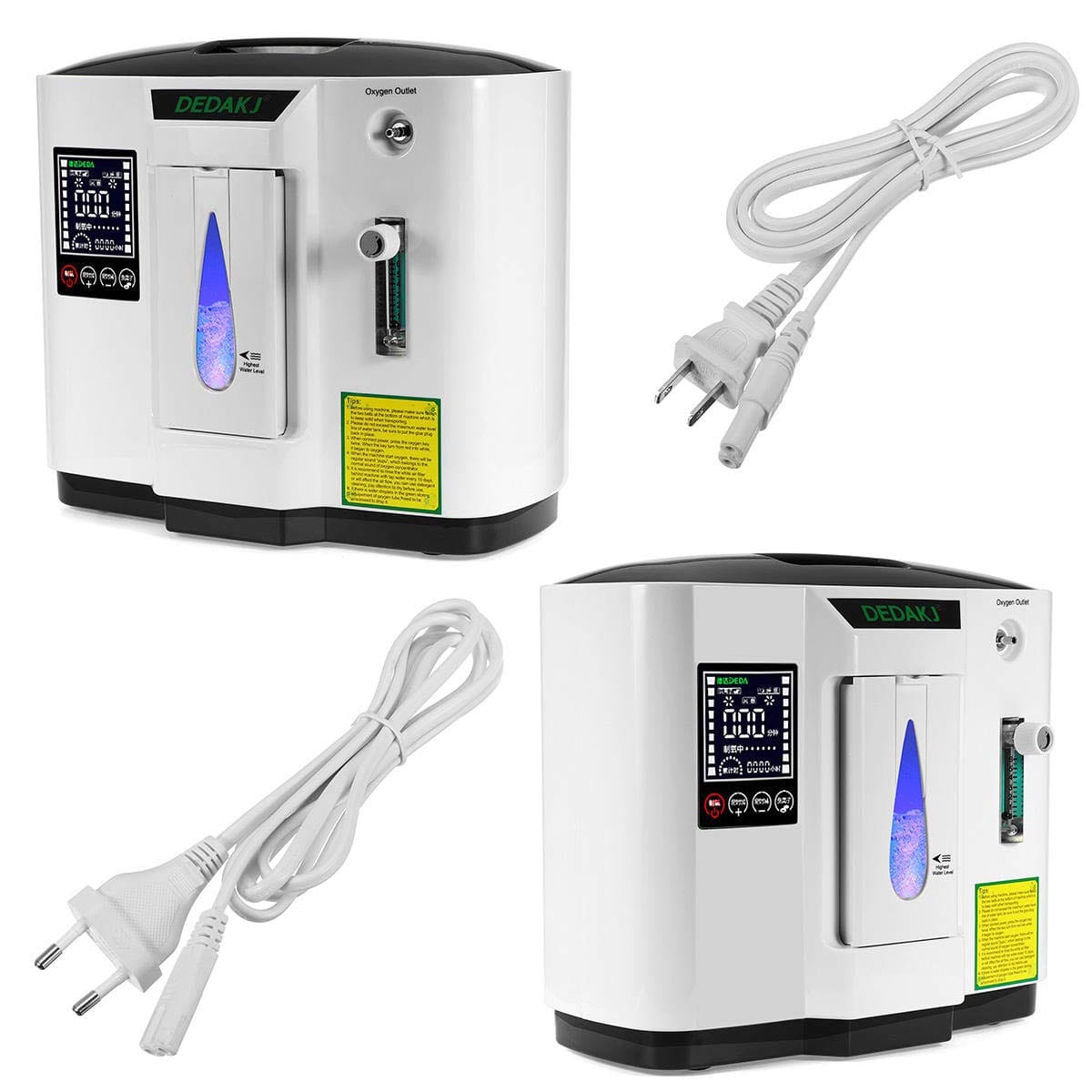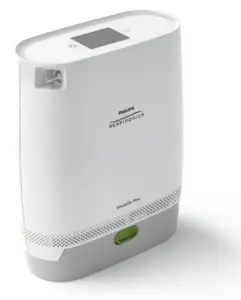A medical oxygen concentrator is a device that takes in ambient air and purifies it to provide a high concentration of oxygen to individuals who require supplemental oxygen therapy. Here’s a general overview of how a medical oxygen concentrator works:
- Air Intake: The concentrator draws in the surrounding air using an air inlet. The air is a mixture of gases, with approximately 78% nitrogen, 21% oxygen, and traces of other gases.
- Filtration: The incoming air passes through a series of filters to remove dust, impurities, and other particulate matter. These filters ensure that the air entering the concentrator is clean and free of contaminants.
- Compression: The filtered air is then compressed using a compressor. The compression increases the pressure of the air, which helps in the subsequent separation of oxygen from other gases.
- Cooling: The compressed air is cooled down to remove excess moisture. This step is necessary to prevent water buildup and to protect the internal components of the concentrator.
- Sieve Beds: The cooled, compressed air is directed into sieve beds, which typically contain molecular sieves made of zeolite material. The sieve beds are responsible for separating oxygen from the other gases in the air.
- Adsorption: The zeolite material in the sieve beds has a higher affinity for nitrogen than for oxygen. When the air is passed through the sieve beds, the nitrogen molecules get adsorbed into the zeolite material, while the oxygen molecules pass through.
- Oxygen Collection: The purified oxygen is collected and stored in a reservoir within the concentrator. It is then delivered to the user through a tubing system and a nasal cannula or mask, depending on the individual’s needs.
- Release of Nitrogen: As the zeolite material in the sieve beds becomes saturated with nitrogen, it needs to be regenerated to continue producing oxygen. This is achieved by briefly reducing the pressure in the sieve beds, allowing the nitrogen to be released back into the atmosphere. This process is called desorption.
- Continuous Operation: The concentrator operates in a cyclical manner, with one sieve bed purifying the air while the other undergoes the desorption process. The two sieve beds alternate their functions, ensuring a continuous supply of purified oxygen.
It’s important to note that medical oxygen concentrators are designed for individuals with specific medical needs, and their usage should be supervised and prescribed by healthcare professionals.


